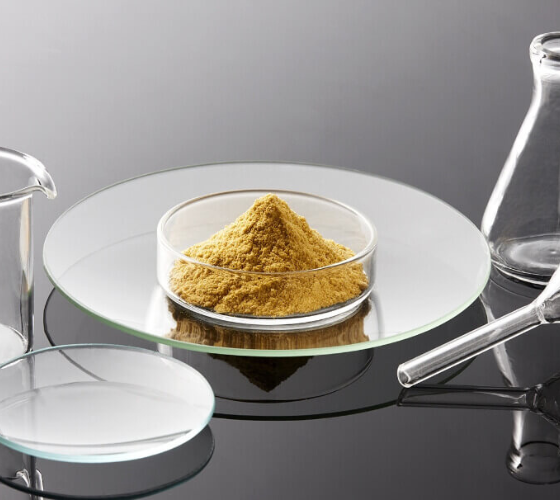Understanding Blood Pressure: Measurement, Precautions, Prevention, and Normal Ranges

Blood pressure is a vital indicator of cardiovascular health, measuring the force exerted by blood against the walls of arteries as it circulates through the body. Understanding how to measure blood pressure accurately, taking necessary precautions, and adopting preventive measures can help maintain overall health and reduce the risk of hypertension (high blood pressure). Here's what you need to know:
Measuring Blood Pressure:
Blood pressure is typically measured using a sphygmomanometer, which consists of an inflatable cuff and a pressure gauge. The measurement is expressed as two numbers: systolic pressure (the pressure when the heart beats) over diastolic pressure (the pressure when the heart rests between beats), recorded in millimeters of mercury (mmHg).
Precautions for Blood Pressure Measurement:
- Rest for at least 5 minutes before measurement.
- Sit comfortably with your back supported, feet flat on the floor, and arm supported at heart level.
- Refrain from talking during measurement.
- Avoid caffeine, tobacco, and exercise for at least 30 minutes prior to measurement.
- Ensure the cuff fits snugly around the upper arm, with the lower edge about 1 inch above the elbow crease.
- Take multiple readings, spaced at least 1-2 minutes apart, and average the results for accuracy.
Preventing High Blood Pressure:
- Maintain a healthy weight through regular exercise and a balanced diet low in sodium and high in fruits, vegetables, and whole grains.
- Limit alcohol intake and avoid excessive consumption of processed foods and sugary beverages.
- Manage stress through relaxation techniques such as meditation, deep breathing exercises, or yoga.
- Quit smoking and avoid exposure to secondhand smoke.
- Monitor blood pressure regularly, especially if you have risk factors such as a family history of hypertension, obesity, or sedentary lifestyle.
Normal Blood Pressure Ranges:
- Normal blood pressure is typically defined as systolic pressure below 120 mmHg and diastolic pressure below 80 mmHg, expressed as "120/80 mmHg."
- Prehypertension is systolic pressure between 120-139 mmHg or diastolic pressure between 80-89 mmHg.
- Hypertension (high blood pressure) is diagnosed when systolic pressure is consistently at or above 140 mmHg or diastolic pressure is consistently at or above 90 mmHg.
Regular monitoring of blood pressure, adopting a healthy lifestyle, and seeking medical attention when necessary are essential steps in maintaining optimal blood pressure levels and overall cardiovascular health.



